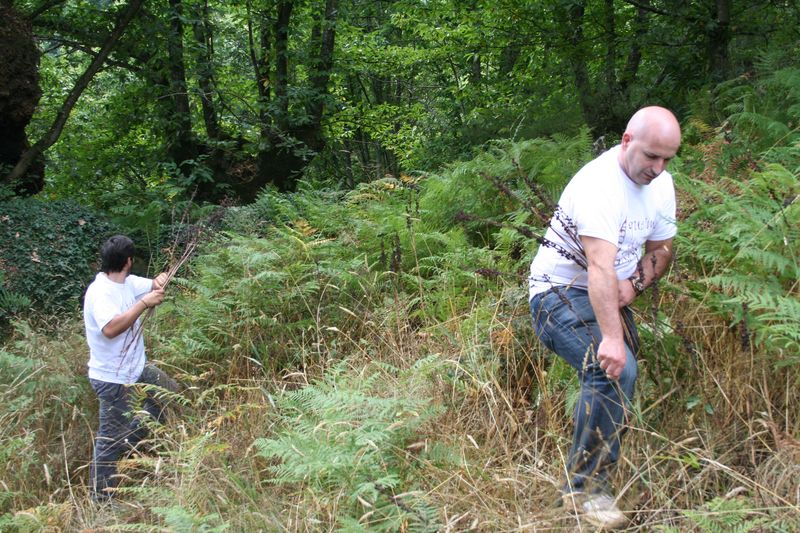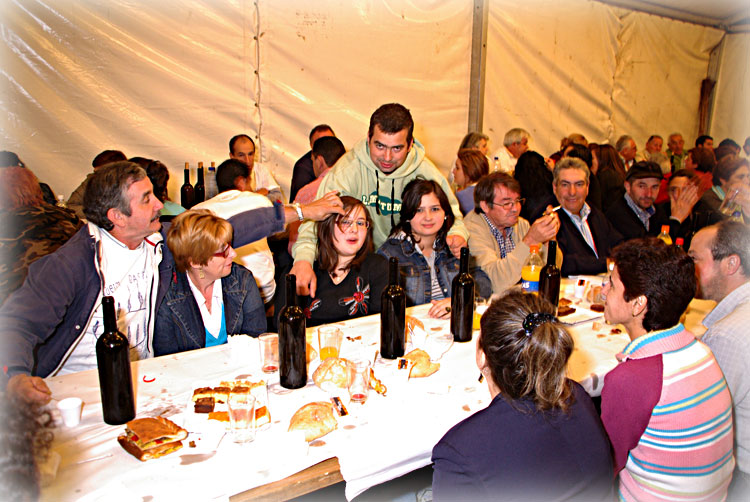
This is the Castro Cercio hillfort (Monterroso, #Galicia). For me, one of the most challenging and intriguing Iron Age sites of inland Galicia. A possible seat of power reinforced with a symbolic use of geology.
Let's take a look!
#HillfortsWednesday
Let's take a look!
#HillfortsWednesday

The Cercio hillfort is just at the beginning of a longitudinal outcrop of quartzites, running all along the hills for several km. In a sunny day, it's really difficult for your eyes moving along the outcrop. It shines so bright that it blinds you.
#HillfortsWednesday

#HillfortsWednesday


In the nearby town of Lugo (former Roman Lucus Augusti) a Ist AD tombstone was found, remembering the prince Vecius son of Veroblius.
He died at his 60s, and was chief of the Castellum Circine, from the Copori people. Epigraphy and the current placename suggest nice links.
He died at his 60s, and was chief of the Castellum Circine, from the Copori people. Epigraphy and the current placename suggest nice links.

There is another intriguing feature. The inner wall, dividing the fortress, is quite a performance. It is higher than the rest of the outer walls. It looks bizarre, but maybe, if you are a prince, and this is your seat, you need to build something majestic.
#HillfortsWednesday
#HillfortsWednesday

There is another hillfort right at its foot. But while Castro Cercio was abandoned, a very old church was built in the centre of the site below, with a farmers village surrounding it.
Maybe the prince were gone, but the servants remained. 😉
📸 of the church: J.A. Gil

Maybe the prince were gone, but the servants remained. 😉
📸 of the church: J.A. Gil


• • •
Missing some Tweet in this thread? You can try to
force a refresh






























